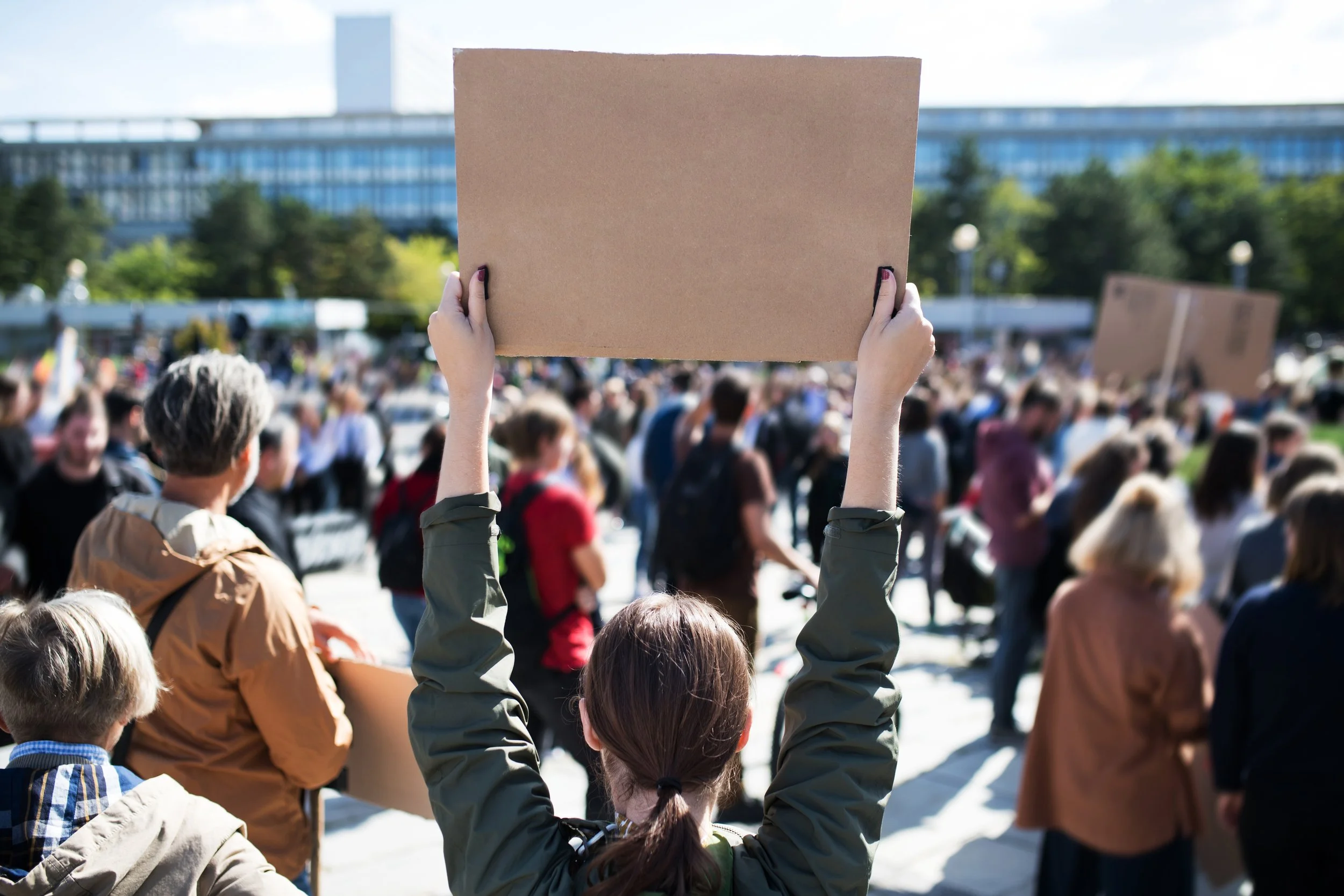Local Movements, Global Risks: How US and European Boycotts Shape Reputational Risk Differently
A boycott can start from a policy change or a price tag, and its impact can span continents. While the core mechanics of a boycott are consistent worldwide—a group of consumers refusing to engage with a brand or company to demand change—the cultural, political, and economic contexts around them look very different depending on where they happen. In 2025, understanding those regional differences has become essential for risk and reputation managers, especially as companies operate in increasingly polarized and economically tense environments.
Boycott movements diverge between the United States and Europe—differences that matter as boycotts evolve from isolated acts into symbols of larger discontent. As the circumstances of boycotts in the U.S. and Europe vary, so do the reputational consequences.
Culture Wars and Values
In the United States, boycotts have become tied to the country’s culture wars. For example, Bud Light faced a major boycott in 2023 after partnering with transgender influencer Dylan Mulvaney, losing over $1 billion in sales. Similarly, retailers across the country in 2025 that rolled back DEI policies amid the Trump administration’s crackdown have seen their sales and stock plummet, reflecting declining consumer loyalty and strained investor relations.
In Europe, more recent boycotts often stem from economic frustrations. In 2025, discount retailers like Lidl and Eurospin faced widespread backlash over alleged price gouging during inflation spikes. What began as a localized protest in Croatia spread across borders, leading to drops in consumer transactions and highlighting concerns about affordability and inequality. European consumers have also started boycotting American products in response to the threat of new tariffs, leading to noticeable profit declines for U.S.-based brands and their affiliates.
U.S. boycotts are usually sparked by identity and political symbolism, while European boycotts focus on structural issues like fairness, pricing, and labor practices. As a result, economic and social impacts in the U.S. appear quickly but often fade fast, whereas in Europe, the effects develop slowly but leave deeper, longer-lasting consequences.
In the U.S., reputational risk stems from taking—or avoiding—a side in polarizing culture wars. In Europe, it’s tied to being seen as economically unfair or exploitative.
The News Cycle Effect
How these boycotts are treated in the media influences their overall impact.
According to a Global Risk Advisory Council member, U.S. media cycles are often faster and can fluctuate more frequently as newer controversies emerge. They are fueled by 24-hour news coverage, viral videos, and shifting social media algorithms and trends. This causes boycotts to explode quickly: within hours, companies can find themselves trending for the wrong reasons. But as fast as they rise, these movements often fall off the radar just as quickly—overshadowed by the next controversy or scandal. Media cycles in the U.S., much like the boycotts themselves, are driven by emotion and quick reactions.
In Europe, the media response is generally slower, more sustained, and more focused on structural causes rather than personalities. European boycotts can linger if the economic conditions or systemic issues remain unresolved. European media coverage tend to remain focused on practical issues and are concentrated on producing more locally driven coverage. Because the media coverage remains focused on the practical reasonings of the boycotts, they can last longer and pressure can build more gradually.
For companies, this means that in the U.S., the challenge is surviving the initial blast of public outrage. In Europe, “institutional memory can endure for decades.”
U.S. brands risk instant backlash if they misstep early, while in Europe, reputational damage builds slowly but can last longer if deeper issues go unresolved.
Corporate Response
So how do companies across the US and Europe respond to backlash? Their playbooks are different.
In the U.S., brands often respond to boycotts quickly—issuing statements, pulling ads, or posting apologies. The speed of online outrage forces quick action, even if it feels reactive or inconsistent. But quick fixes don’t always work. Brands like Disney and Starbucks have found themselves caught between opposing demands, with every move scrutinized for political meaning. In a polarized climate, trying to please everyone can backfire just as much as staying silent.
In Europe, companies tend to respond more slowly and through formal processes, but their actions often lead to concrete changes—such as an adjustment of prices, policies, or meeting new consumer standards.
The Geography of Consumer Backlash
Boycotts in 2025 reveal more than dissatisfaction with a product or policy, they expose deeper societal and economic divisions. As global brands operate across diverse cultural and regulatory landscapes, understanding the distinct conditions behind US and European boycotts is essential for navigating backlash and building resilience. Understanding where a boycott originates, how it unfolds, and what it demands isn’t just a smart strategy, it’s also necessary for long-term brand credibility. In a world where protest can go viral in one market and simmer quietly in another, there’s no universal response—only localized responsibility.

